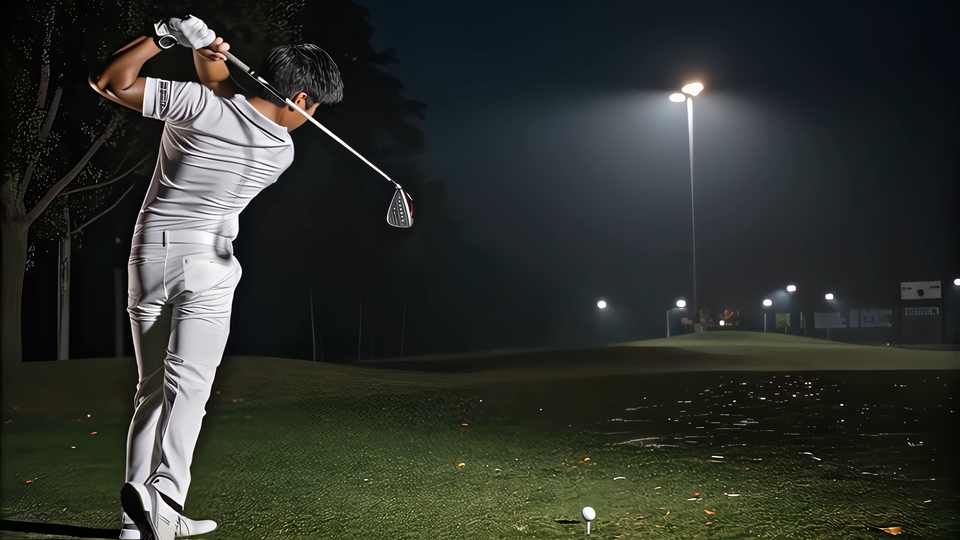Golf's fateful shot - the swing that changed everything

This article reveals the planning and strategy behind one of HavefunwithAIch's YouTube releases—from thumbnails to audience targeting.
1. Introduction – Do You Know Isao Aoki?
This name may only ring a bell for a select group of people:
those of a certain age, golf enthusiasts, or individuals living in the USA or Japan.
I myself belong to a generation that knows very little about him.
However, in his prime, he was often spoken of as a local hero—
a pioneer who brought pride to Japan on the global stage.
2. Reality and Fiction – The Story Behind the Video
Isao Aoki's real legacy lies in being the first Japanese player to win on the U.S. PGA Tour.
For a long time, he was even more well-known in the U.S. than in Japan as a master putter.
In his first U.S. victory, he sealed the win with an eagle—just like in this video.
However, in reality, it was not a bunker shot, but rather a shot from the rough.
Also, Aoki and his wife toured together and were already a couple.
They didn’t get married because of a miraculous shot.
Additionally, Aoki was quite slim even in his youth,
so he doesn’t resemble the character portrayed in this video very closely either.
For several creative and legal reasons,
names, faces, physical builds, and even the golf sequences have been intentionally altered.
Thank you for understanding.
3. About the Video – A Collaboration of Two AI Engines
This video was created using both Luma Ray2 and Vidu,
two advanced AI video generation platforms—each with unique strengths and flaws.
Simply put, perhaps due to its training materials,
Ray2 excels in general golf scene composition.
However, its major weakness is inflexibility:
once you step outside the patterns it has learned, it breaks.
4. The Golf Ball That Shouldn’t Be Put
A specific example:
When I tried to prompt Ray2 to show a golf ball landing on the green and rolling back with backspin toward the hole,
Ray2 almost always inserted a scene of a person stepping in and putting—
as if it insists putting must follow once the ball is on the green.
At this point, correction becomes impossible,
and the “backspin and roll” idea is either ignored or replaced entirely.
Vidu, on the other hand, hasn't studied golf as deeply—
and perhaps that’s its strength.
It lets me generate a ball rolling gently to the hole with backspin and no people present.
5. The Real Challenge – The Swing
The most difficult part of generating golf footage is the swing itself.
Ray2 performs better than Vidu in this area thanks to more training data.
However, it still doesn’t understand preparatory motion, like the backswing or a run-up.
If the entire swing motion doesn’t fit within 5 seconds,
it casually breaks the laws of physics to make it fit.
Ray2 also does not seem to understand that the direction of the club changes during the swing.
This can be mitigated by setting it clearly in the first frame,
but—as mentioned—it cannot simulate a true backswing.
So, I had to compromise: we chose shots with better flow, even if the club motion wasn’t accurate.
6. Final Thoughts – AI Still Has Limits, But So Do We
Given current costs and the nature of the tools,
this is probably the realistic limit of what AI can do in golf video generation—for now.
But even within those limitations,
there is beauty in pushing the edge of what’s possible.
I hope you enjoyed the result.
📺 HFW AI Channel – Watch full video reviews here
Not just a YouTube channel — a channel where tools are tested and compared with extensive knowledge and practice, pushing the limits of AI.